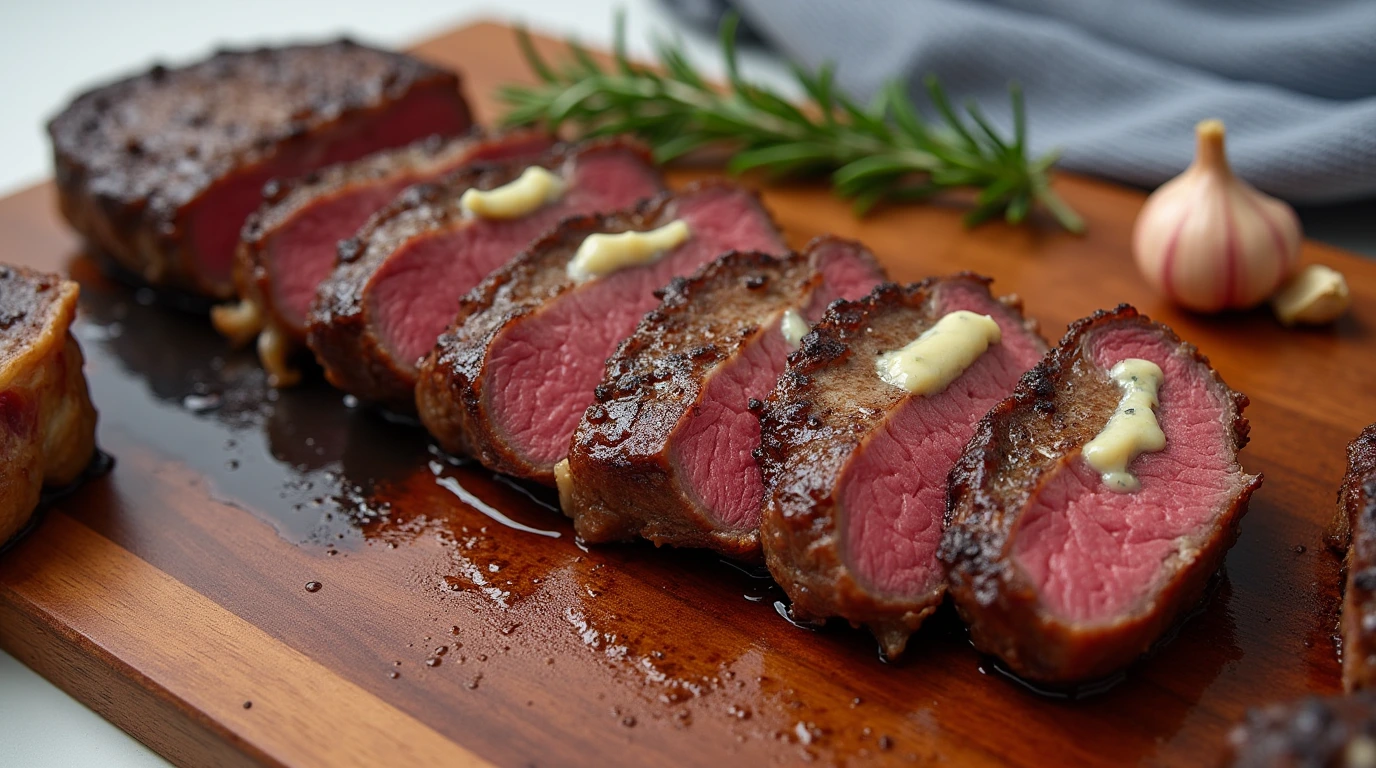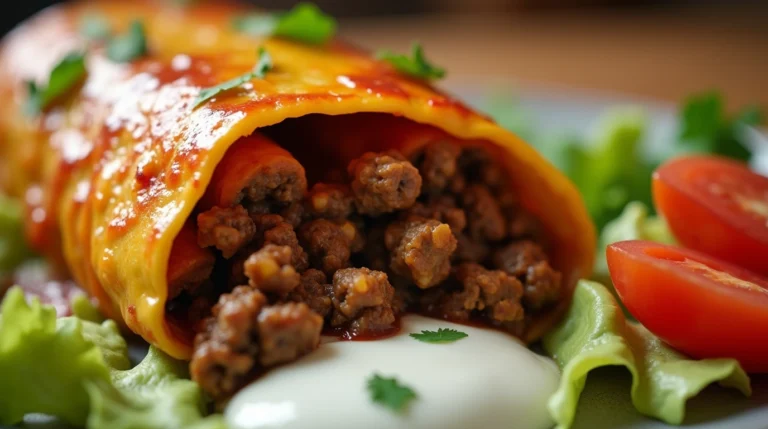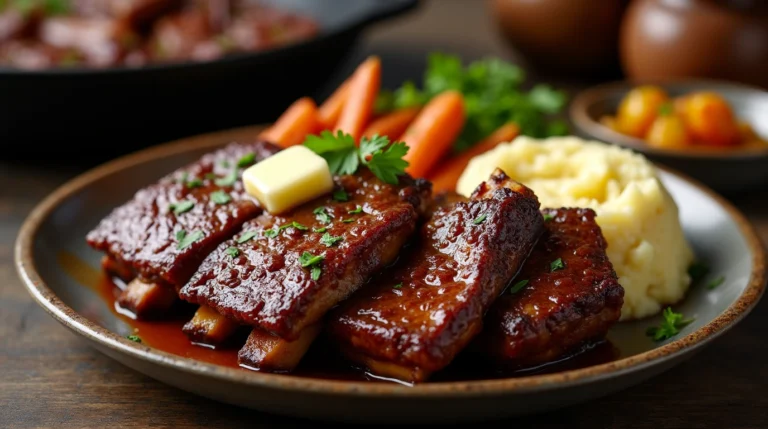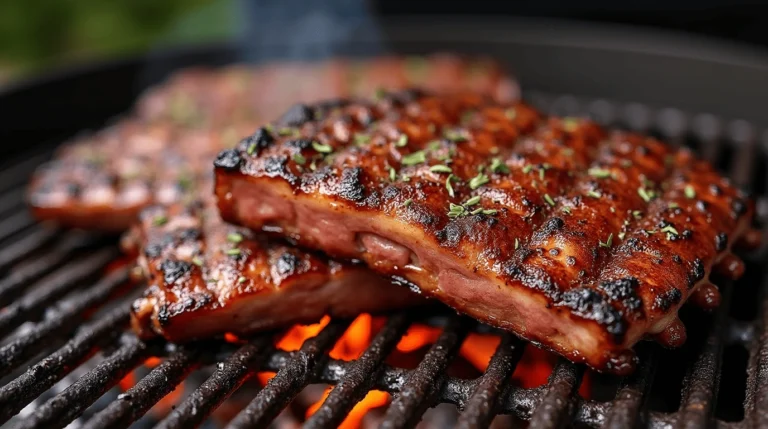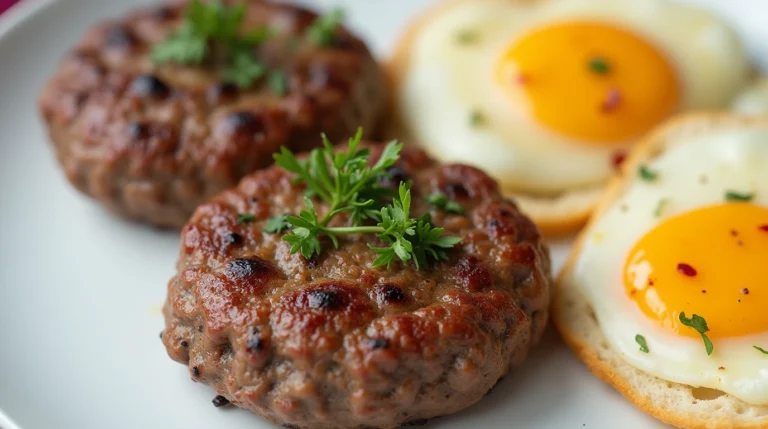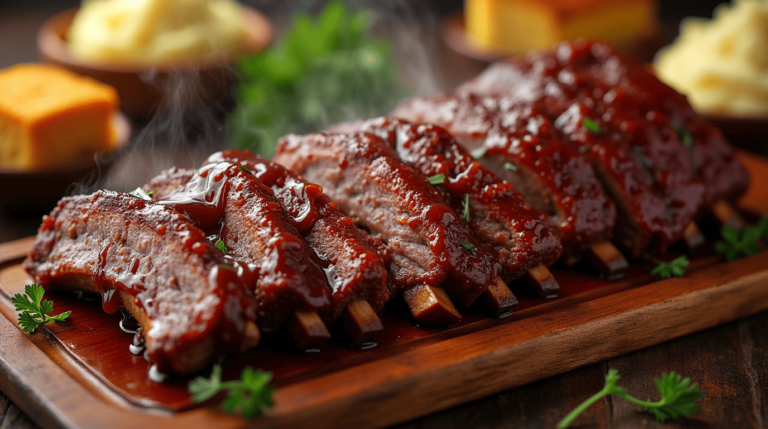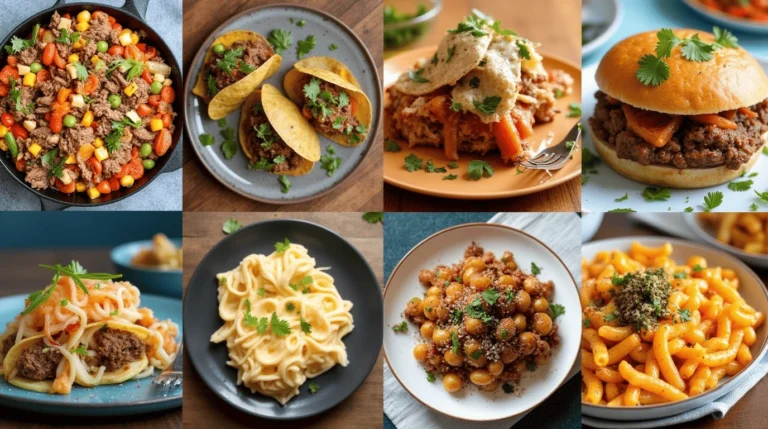Beef Chuck Eye Steak Recipe
Introduction
Table of Contents
What Makes Beef Chuck Eye Steak So Special
The beef chuck eye steak, often referred to as the “poor man’s ribeye,” holds a special place in the hearts of steak enthusiasts. This cut comes from the chuck primal, located near the ribeye, offering a similarly rich and beefy flavor at a fraction of the cost. Its tender texture, marbling, and versatility make it a hidden gem in the world of steak cuts.
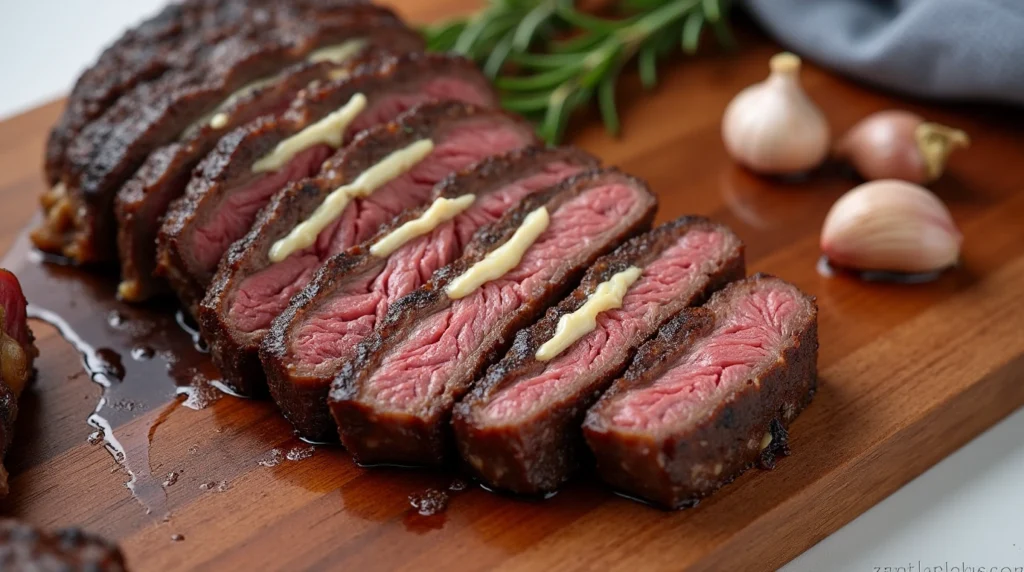
The Benefits of Choosing This Affordable Cut
Choosing beef chuck eye steak means savoring a luxurious steak experience without breaking the bank. Its affordability allows home cooks to experiment with gourmet techniques, making it ideal for weeknight meals or special occasions. Plus, its flavor profile pairs beautifully with a variety of seasonings, cooking methods, and sides, offering endless culinary possibilities.
What Is a Beef Chuck Eye Steak
Understanding Its Origin and Characteristics
Beef chuck eye steak is cut from the upper shoulder area of the cow, near the rib primal. It shares the same buttery tenderness and robust flavor as ribeye, but with a slightly more pronounced chew. This cut is typically well-marbled, ensuring it remains juicy and flavorful when cooked properly.
How It Compares to Ribeye and Other Cuts
While ribeye might steal the spotlight with its reputation, the chuck eye steak offers a similar experience at a lower price. Unlike flank or skirt steak, which can be tougher and require marination, the chuck eye is naturally tender. It’s a happy middle ground for those seeking premium quality without splurging.
Why You Should Try Cooking Beef Chuck Eye Steak
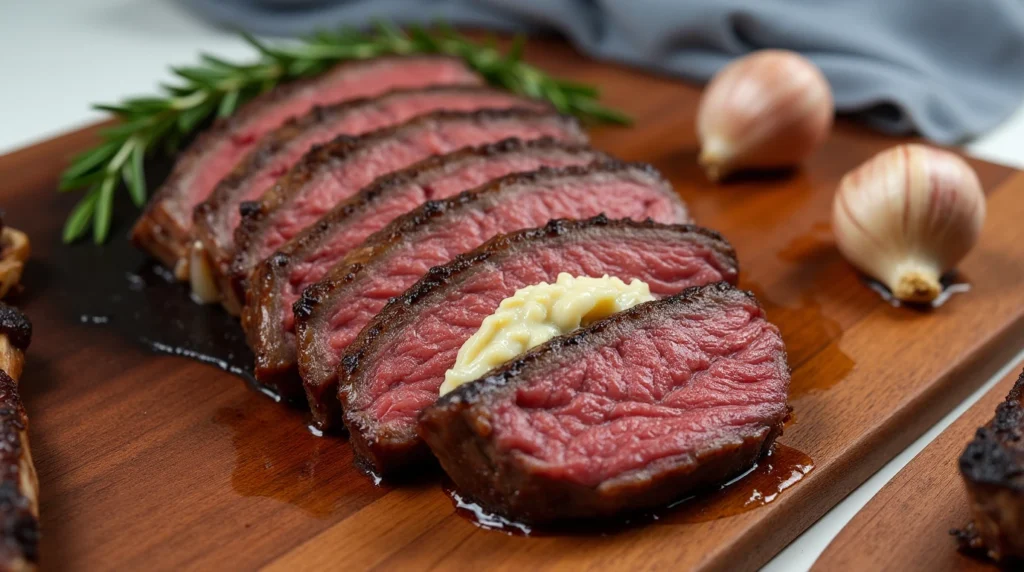
Flavor Profile and Tenderness
Rich, beefy, and deeply satisfying, the flavor of beef chuck eye steak is unmatched among its price-point peers. Its tenderness makes it a joy to eat, and when cooked to perfection, it practically melts in your mouth.
Perfect for Budget-Friendly Gourmet Meals
With its high-end taste and approachable cost, the chuck eye steak is a dream for those looking to elevate their home-cooked meals. Whether grilled, seared, or roasted, it delivers a gourmet experience that rivals steakhouse fare.
Choosing the Perfect Beef Chuck Eye Steak
Tips for Selecting High-Quality Cuts
When shopping, look for steaks with a bright red color and ample marbling. Steer clear of cuts that appear grayish or have excessive liquid in the packaging, as these can indicate age or improper storage.
How to Spot Freshness and Marbling
Fresh chuck eye steaks should have a clean, beefy smell and firm texture. The marbling, or intramuscular fat, is key to a juicy steak—choose cuts with fine, evenly distributed white fat.
Essential Tools and Ingredients
Must-Have Kitchen Tools for Success
- Cast iron skillet: For even heat distribution.
- Meat thermometer: To ensure precise doneness.
- Sharp knife: For clean, smooth cuts.
- Tongs: To handle the steak without piercing it.
The Ideal Seasonings and Marinades
- Seasonings: Salt, pepper, garlic powder, and paprika.
- Marinades: A mix of olive oil, soy sauce, Worcestershire sauce, and lemon juice enhances flavor and tenderness.
Preparing Beef Chuck Eye Steak
Step-by-Step Guide to Prepping the Steak
- Remove the steak from the refrigerator 30 minutes before cooking.
- Pat it dry with paper towels to ensure a good sear.
- Season generously on both sides with salt and pepper.
Best Practices for Marinating or Dry Rubs
- Marinating: Let the steak sit in a marinade for 2–4 hours to absorb flavors.
- Dry Rubs: Apply a mix of spices evenly and let it rest for 15 minutes to form a flavorful crust.
Cooking Techniques for Beef Chuck Eye Steak
Grilling: Achieving That Perfect Char
Heat the grill to medium-high. Sear the steak for 4–5 minutes per side, then move to indirect heat to finish cooking to your desired doneness.
Pan-Seared Perfection: Crispy Outside, Juicy Inside
Heat a cast iron skillet until smoking. Add oil, then sear the steak for 3–4 minutes per side. Finish with a pat of butter for extra richness.
Oven-Baked Simplicity for Even Cooking
Preheat the oven to 400°F. Sear the steak on the stovetop for 2 minutes per side, then transfer it to the oven for 5–7 minutes to finish cooking.
Tips for Getting the Perfect Doneness
Understanding Steak Temperature Levels
- Rare: 120–125°F
- Medium Rare: 130–135°F
- Medium: 140–145°F
- Well Done: 160°F+
Using a Meat Thermometer Like a Pro
Insert the thermometer into the thickest part of the steak for an accurate reading. Avoid hitting bone or fat for the best results.
Pairing Beef Chuck Eye Steak with Sides
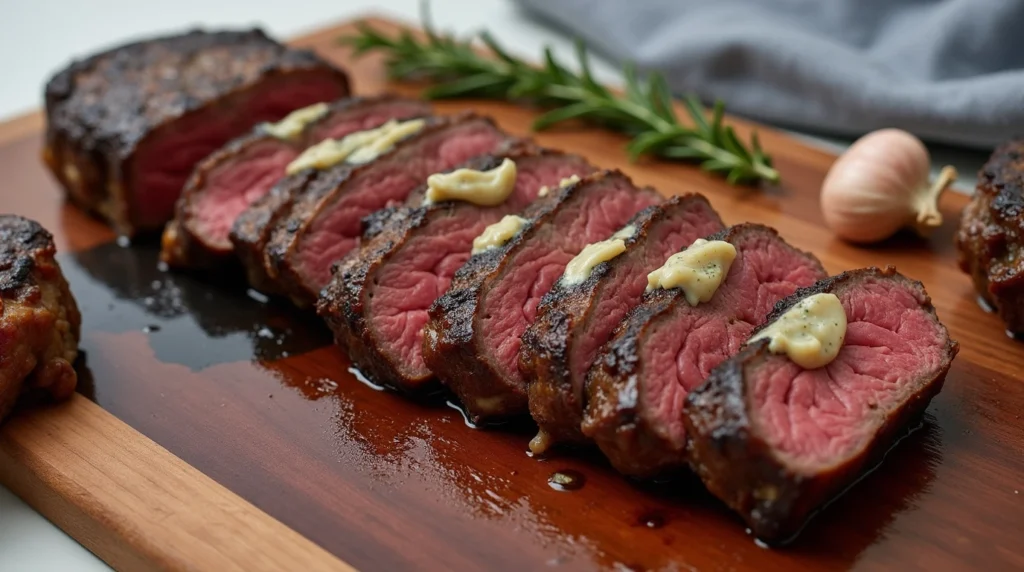
Classic Pairings Like Mashed Potatoes or Greens
Mashed potatoes, roasted vegetables, or a fresh green salad make timeless accompaniments for steak.
Creative Side Dish Ideas to Elevate Your Meal
Try truffle fries, garlic parmesan asparagus, or a vibrant chimichurri sauce to add flair and flavor.
Common Mistakes to Avoid
Overcooking and Undercooking Pitfalls
Avoid overcooking by keeping a close eye on the temperature. Undercooking can be remedied by a quick return to heat.
How to Avoid Dry or Tough Steaks
Let the steak rest for 5–10 minutes before slicing to retain its juices. Always cut against the grain for maximum tenderness.
Wrapping Up Your Meal
Plating Tips for Restaurant-Worthy Presentation
Slice the steak into thin strips, fan them out on a plate, and garnish with fresh herbs or a drizzle of olive oil.
Sauce Ideas to Enhance the Flavor
Serve with peppercorn sauce, red wine reduction, or a dollop of herb butter for an indulgent finish.
Conclusion
Why Beef Chuck Eye Steak Deserves a Spot on Your Menu
With its rich flavor, tender texture, and budget-friendly appeal, the beef chuck eye steak is a culinary treasure worth exploring.
Encouragement to Experiment with Your Own Twist
Get creative with seasonings, sides, and cooking techniques to make this cut uniquely yours. Happy cooking!

